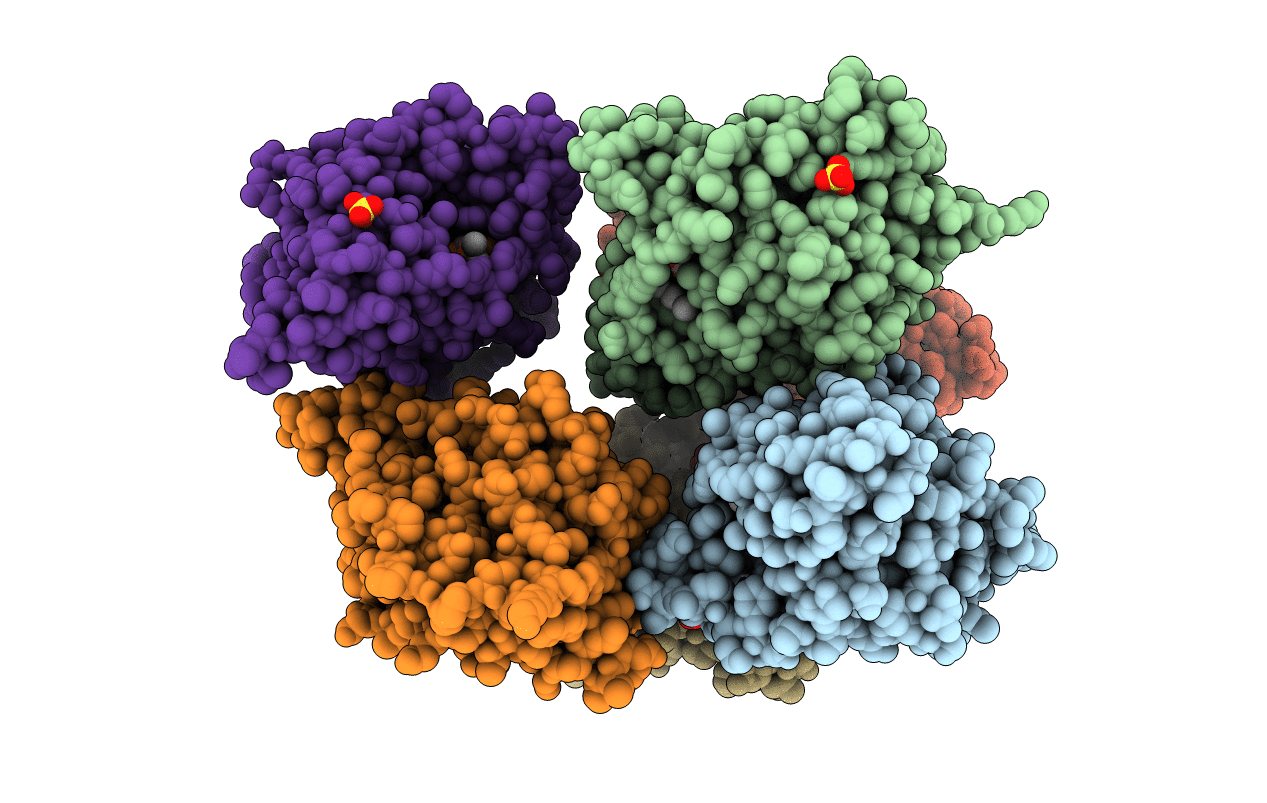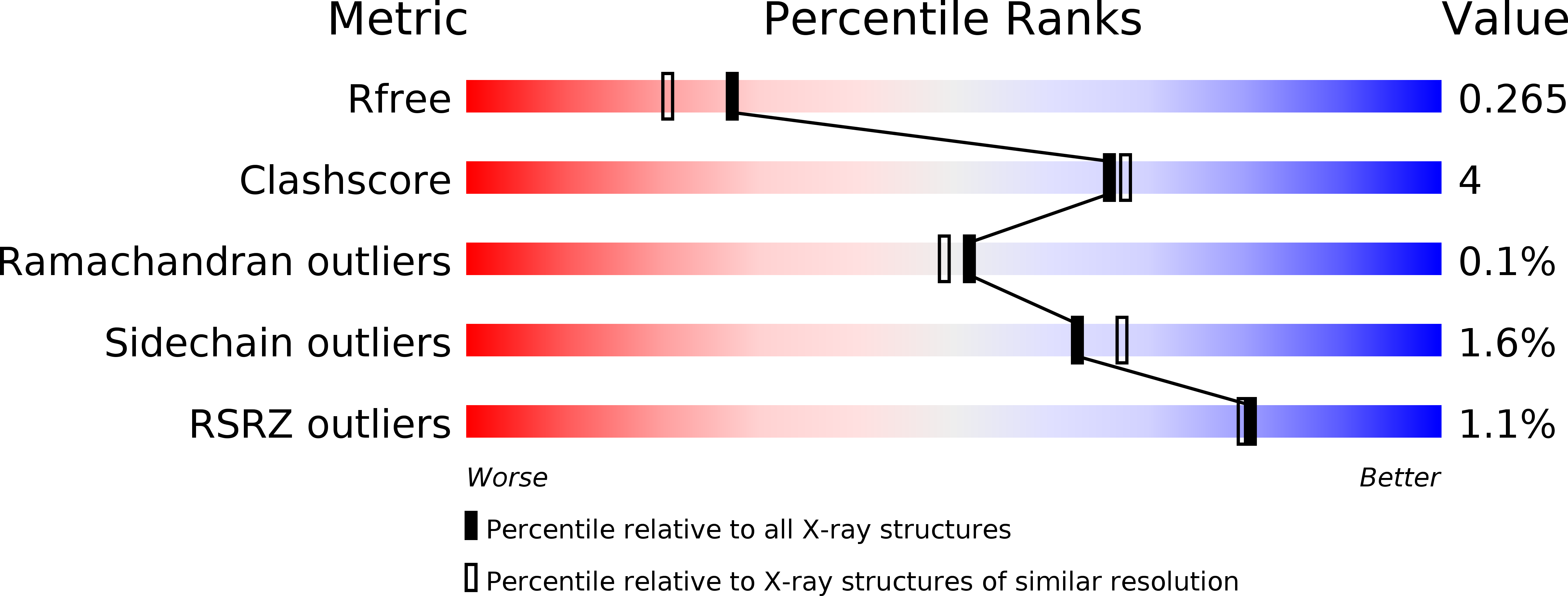
Deposition Date
2009-10-01
Release Date
2009-12-08
Last Version Date
2023-09-06
Method Details:
Experimental Method:
Resolution:
2.00 Å
R-Value Free:
0.26
R-Value Work:
0.20
R-Value Observed:
0.20
Space Group:
P 1 21 1


